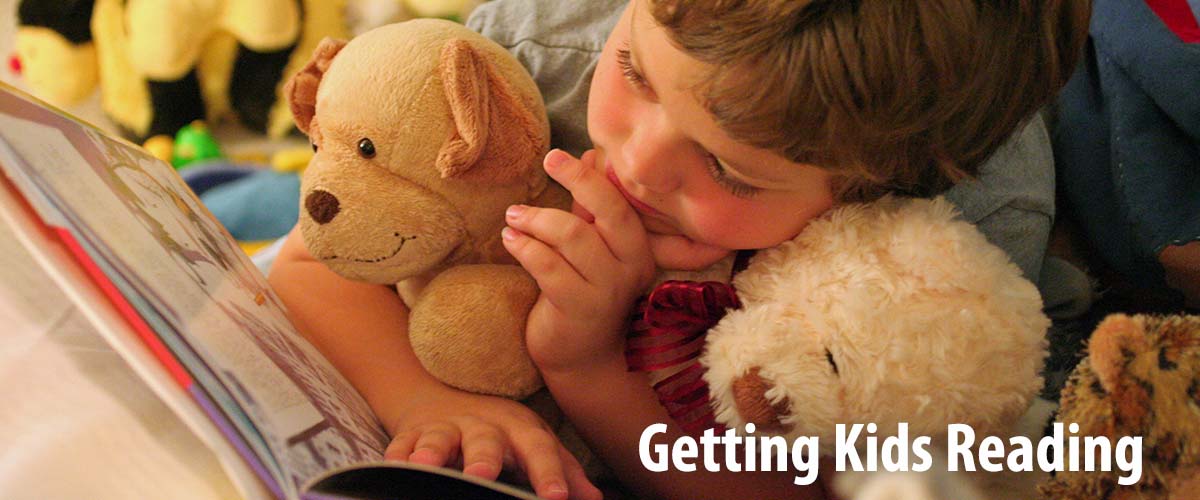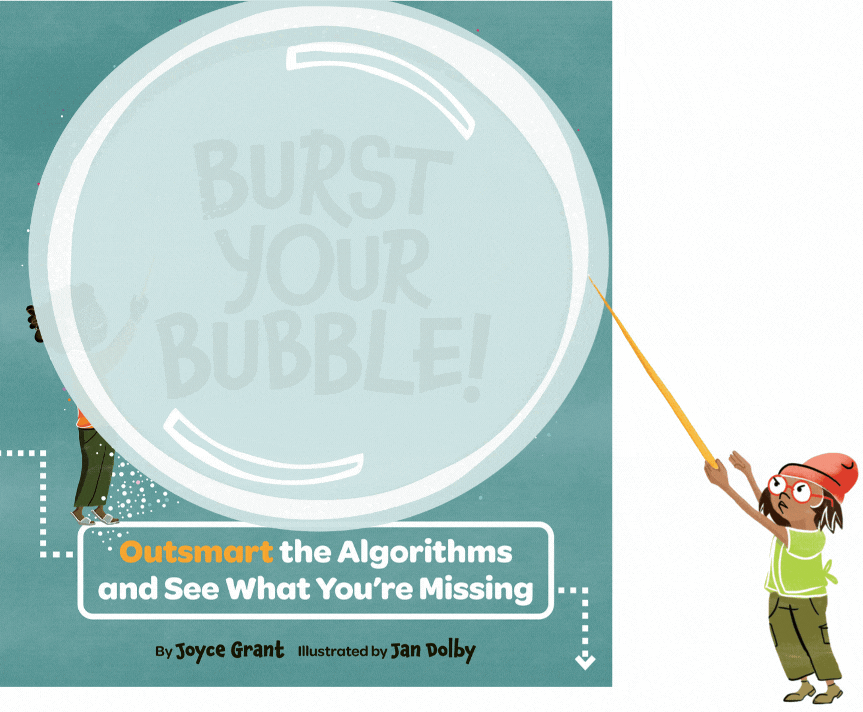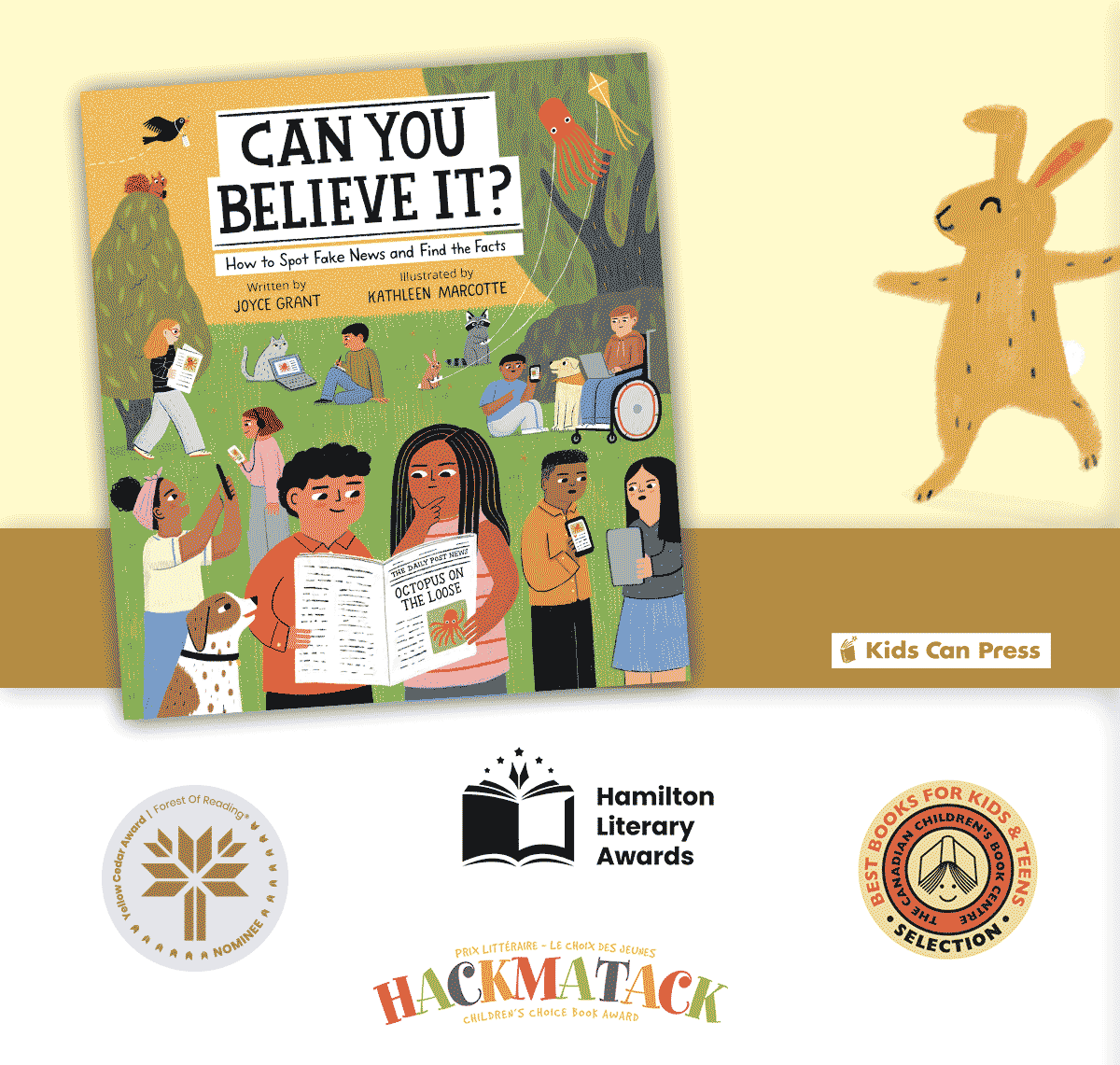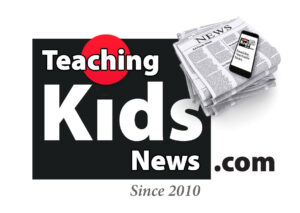I’ve been doing current events at my son’s school.
I approached my son’s teacher a few weeks ago, and proposed a weekly, half-hour current events discussion for the grade 3 / 4 class. My son’s teacher is very cool, and progressive and totally supported the idea. He also helped to provide structure for my amateur (I’m a journalist, not a teacher) efforts.
I’ve gone in twice now, and the kids do seem to enjoy it.
It occurred to me that what I’m doing with the class can easily be done by parents (and educators) with their own kids.
The Current Events class
The first class was a review of the news from the past few days. I wanted to tell the kids about some of the major news stories that were unfolding – like the oil spill and the G20 summit that’s coming to our city this summer. And then I just picked out a bunch of interesting stories that I thought kids could relate to.
I held up each newspaper article, read the headline and then explained what the article was about. I also gave a bit of information about the various newspapers available in Canada and what they were all about. I talked to them about “how” to read a newspaper – for instance, you don’t have to read every word of an article – and how to understand headlines even though they’re often written in a very truncated way.
We talked about the G20 summit – what it is and the various ways in which it would impact the city. And the oil spill, and what BP was trying to do to stop it (including shoving golf balls into the pipe! We had a show of hands as to how many kids thought that would work.)
And then we reviewed a handful of other stories including the discovery of some new species in New Guinea, the fact that our city is missing millions of dollars in unpaid speeding ticket fines, and Robert Munsch’s revelation of his alcohol addiction (we were careful to present that in a positive light—how he had overcome adversity).
The children were very interested in the news and how it affects them. For many of them, it was an introduction to parts of the newspaper that didn’t have comics or Sudoku.
And then the teacher did something really, really smart. He took a vote on which stories the kids wanted me to follow up on the next week. That way, we could see what the kids were interested in and hone the presentation to be of the most interest.
The kids picked the G20, the oil spill and the species, which I thought was an incredibly mature list—this is some heavy stuff.
Week 2
The second week I followed up on the G20: the $1B security tab for the summit, and the many tourist attractions (including the CN Tower) that will be shut down during the talks. And I was also able to report that the golf-ball idea is going ahead – and that one of the back-up plans is to use human hair to clog the spill. Seriously. (No one in the class thinks that will work, either. Maybe BP should call us.)
And we added in a few new stories that were interesting that week: the boy in Alberta who was refused the right to wear a kilt to his graduation (his principal has since changed his mind); the million works of art that are currently in the hands of the Toronto District School Board and which may be loaned out to schools; and the fact that vending machines in our city’s recreation centres will be going healthy (the class cheered).
Reading the news is a fantastic literacy exercise. Kids are keen to know what’s going on around them, but newspapers can be daunting. Headlines are hard to read and articles generally require a lot of general and historic knowledge in order to understand them. But once an adult puts things in context, kids just jump right in.
And that’s a gigantic step towards getting kids reading.
Sorry I haven’t been blogging as much as usual – but you can see how busy I’ve been. Add our school’s FunFest and other activities to the mix, on top of my “money-making” job and it hasn’t left much time for blogging. But I hope to be back on the horse again soon.








That is a brilliant idea! I love that the kids are so keen, and willing to discuss.